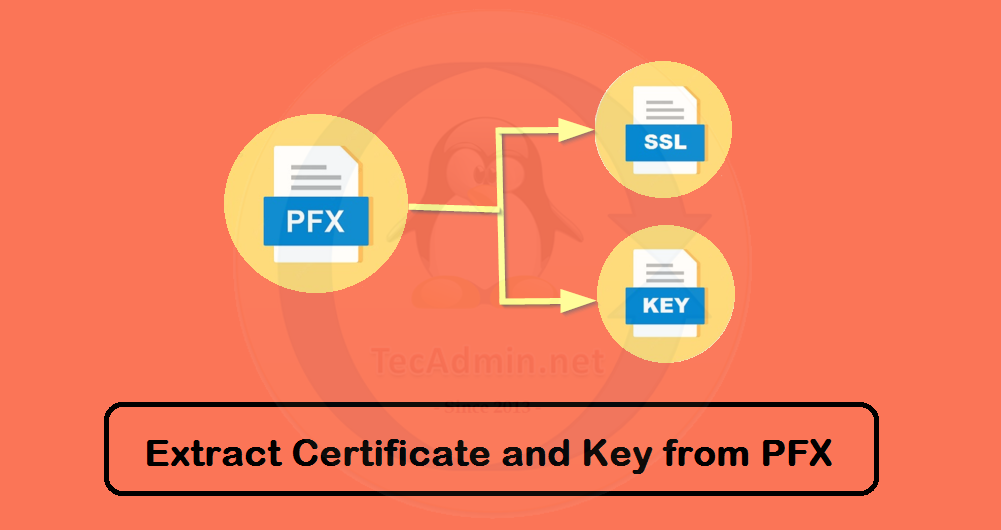PHP stands for Hypertext Preprocessor, and it’s your go-to for crafting email communications within your web applications. Its mail() function is a marvel of simplicity and efficiency, offering you the means to send emails with minimal fuss. Whether it’s a simple notification or a complex marketing campaign, PHP stands ready to dispatch your messages into the digital ether. Success or failure? The function’s return value leaves no room for guesswork. Configuring PHP for Email Success PHP’s email prowess is powered by the sendmail_path directive found in the PHP.ini file. For Unix enthusiasts, the paths /usr/sbin/sendmail or /usr/bin/sendmail are your bread…
Author: Rahul
Wkhtmltoimage is a very useful application to create screenshots of a website or webpage. Sometimes we are required to create a screenshot of web pages and store in our system. It uses QT Webkit rendering engine for creating images in various formats. This article will help to capture screenshots of a webpage using PHP script and Linux command line. Step 1: Install wkhtmltoimage Visit the wkhtmltopdf.org and install and download the package for your Linux system. Then install it using the standard package manager. For example, to download and install the package on Ubuntu 22.04, execute: wget https://github.com/wkhtmltopdf/packaging/releases/download/0.12.6.1-2/wkhtmltox_0.12.6.1-2.jammy_amd64.deb sudo apt…
Opera is an modern web browser with modern style with powerful features. Its Off-Road mode compresses pages for faster, all-conditions browsing. It helps you stay online when your connection slows down. This article will help you to install Opera on your CentOS/RHEL and Fedora Systems. Before installing read System requirements for Opera. To know more about changes in Opera read Changelogs. Step 1: Download Opera RPM Packages To download latest opera version for your Linux distribution go to Opera download page. You can also use below links to download opera 12.16 for CentOS/RHEL and Fedora systems directly from command line.…
Telnet is a network protocol used on the Internet or local area networks to provide a bidirectional interactive text-oriented communication facility using a virtual terminal connection. Using telnet server we can make a connection to a remote host using telnet client and get terminal. Telnet server is not secured for remote access, that’s why we do not recommend to use Telnet server for login to remote server. To access Linux system remotely use ssh servers. Install Telnet Server Telnet server is available under default yum repositories. Execute following command to install it # yum install telnet-server Enable Telnet Service Telnet…
Internet Information Services (IIS) by Microsoft serves as a platform for hosting websites and web applications. It is natively included in Windows operating systems, offering an intuitive interface for overseeing websites and web applications. Additionally, IIS caters to advanced users and administrators by offering management capabilities via the Command Prompt. This guide will walk you through the steps of establishing a website and an application pool within IIS through the Command Prompt. Step 1: Open Windows Command Prompt The first step in creating a website and application pool in IIS using the Command Prompt is to open the Command Prompt…
FTP (File Transfer Protocol) is TCP based service. FTP is widely used for transferring files over a network. There are various FTP servers are available to use like vsftpd, proftpd, pureftpd etc. FTP uses two different ports – 1. Port 20 is used for the data port, But the data port is not always on the 20 port. It may change in passive mode. 2. Port 21 is used as command port. FTP works in two different modes Active FTP and Passive FTP as per server and client configuration. In this article, I am trying to define Active FTP vs…
The command line can be a daunting place for beginners. It requires a fair bit of memorization and typing to navigate. However, it can also be incredibly powerful. If you’re unfamiliar with the command line interface, you might find it difficult to grep content from files. That’s where Cut commands come in. These tools let you quickly cut text out of a file. They’re especially useful when you want to grep columns in a file. What’s more, they’re easy to learn and master. In this article, we’ll show you how to use the Cut command in Linux. We’ll also show…
A .PFX (Personal Information Exchange) file is used to store a certificate and its private and public keys. For example, if we need to transfer an SSL certificate from one windows server to another, You can simply export it as a .pfx file using IIS SSL export wizard or MMC console. Sometimes we need to extract private keys and certificates from the .pfx file, but we can’t directly do it. This article can be helpful for you to do the same. This article will also be helpful for you to migrate an SSL certificate to AWS ELB because ELB required…
NRPE is the most popular method to monitor remote Linux systems using Nagios server. But in some cases, we don’t want to install NRPE on the remote system or we can’t install it. In that situation, there are few alternate ways to monitor a remote system. In this tutorial we are describing to check_by_ssh method. Step 1 – Setup Key Based SSH Firstly it’s required to make sure that the Nagios server is able to connect the client using ssh without prompting password. To do it create an ssh key pair on Nagios server su – nagios ssh-keygen Copy public…
Amazon is the leading cloud hosting providers, You can get any type of server from AWS with very small in size to very large in size. If you have created a windows server instance in AWS EC2 hosting account, This article will help you to How to Find Windows Server Administrator Password in AWS Instance. Follow the below steps to Get Default Windows Password in AWS Instance using key file. Requirements First make sure you have AWS console access for your server along with private key created/used during creation of AWS Windows server instance. 1. AWS Console Access 2. Private…



